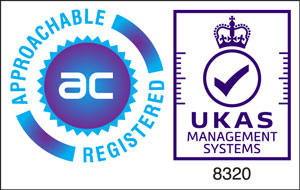LMS Requirements Checklist
We have created a free and easy-to-use checklist to help you write an LMS requirements checklist. It only takes a few minutes to complete.
All we ask for is your email address, so we can send you a copy of your requirements checklist and discuss this with you.
We recommend using the LMS Requirements blog post to guide you through this checklist.







